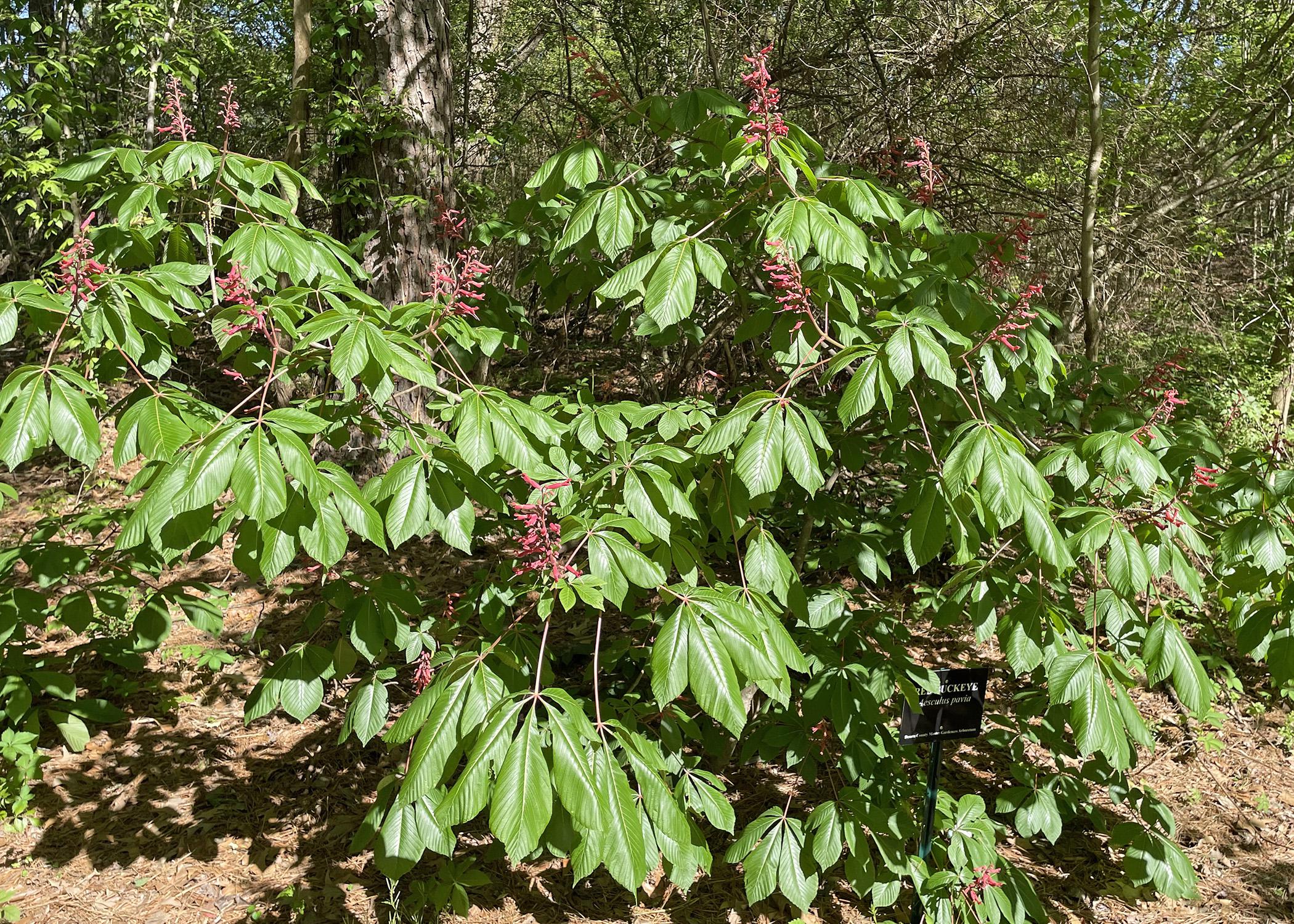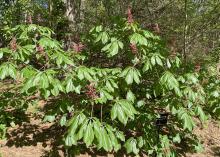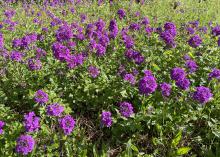Spring brings colors to a north Mississippi arboretum, gardens
I recently visited with the DeSoto County Master Gardeners and had the opportunity to tour their learning garden/arboretum at the DeSoto County Extension office in Hernando.
Some of the plants, trees and shrubs were starting to come out of their winter slumber, showing some beautiful spring color. I noticed that the arboretum area was adorned with a Possumhaw viburnum in full bloom.
This deciduous shrub, known scientifically as Viburnum nudum, is native to the southeastern United States and can grow up to 6 to 12 feet tall and wide. The clusters of white flowers on the shrub caught my eye, and they are a favorite among pollinators like bees and butterflies.
As the flowers fade, the Possumhaw viburnum produces small, glossy berries that start off green and turn pink, red or blue-black as they mature in the fall. These berries are a great food source for birds during the winter months.
The leaves of the Possumhaw viburnum are elliptical, glossy, and dark green. These leaves turn splendid shades of red, orange or purple in the autumn, adding to its beauty.
This shrub thrives in moist, well-drained soil, but it can adapt to sandy and clay soils. While it prefers full sun to partial shade, it can tolerate shade, though flowering and fruiting may be affected.
While strolling down the trail at the arboretum, I couldn’t help but notice a vibrant, red-flowered plant. It was a Red Buckeye -- a deciduous shrub or small tree that’s native to the southeastern U.S. Its name comes from the bright red, tubular flowers that bloom in early spring and attract hummingbirds and butterflies.
These showy flowers are arranged in panicles, which are loose branching clusters of flowers that can be up to 8 inches long.
The leaves of the Red Buckeye are dark green and palmately compound, which means they are divided into five to seven leaflets that radiate outwards from the stem. These leaves turn yellow in the fall before dropping off.
When the bark of the Red Buckeye is young, it is gray and smooth but becomes rough and scaly as it ages.
This plant thrives in moist, well-drained soil and partial shade, although it can tolerate full sun. It is a low-maintenance plant that is easy to grow and is often used as an ornamental shrub or small tree in gardens and landscapes.
The Red Buckeye is a shrub that typically grows to a height of 10 to 20 feet tall and wide.
Continuing along the trail, I found several groupings of Homestead verbena with gorgeous purple blooms. Known scientifically as verbena canadensis, these plants are an herbaceous perennial native to North America.
This verbena typically grows to a height of 12 to 18 inches and spreads about 18 to 24 inches. It forms clumps of spreading stems covered in lance-shaped, serrated, dark green leaves.
From late spring to early fall, it produces clusters of small, tubular flowers in shades of pink, purple or lavender. These flowers are held above the foliage on slender stems where they attract pollinators.
Homestead verbena thrives in full sun to partial shade and prefers well-drained soils. It is drought-tolerant once established, but benefits from regular watering, especially during dry spells.
I encourage you to stop by and visit the DeSoto County Master Gardeners’ learning garden/arboretum when you are in the Hernando area.






